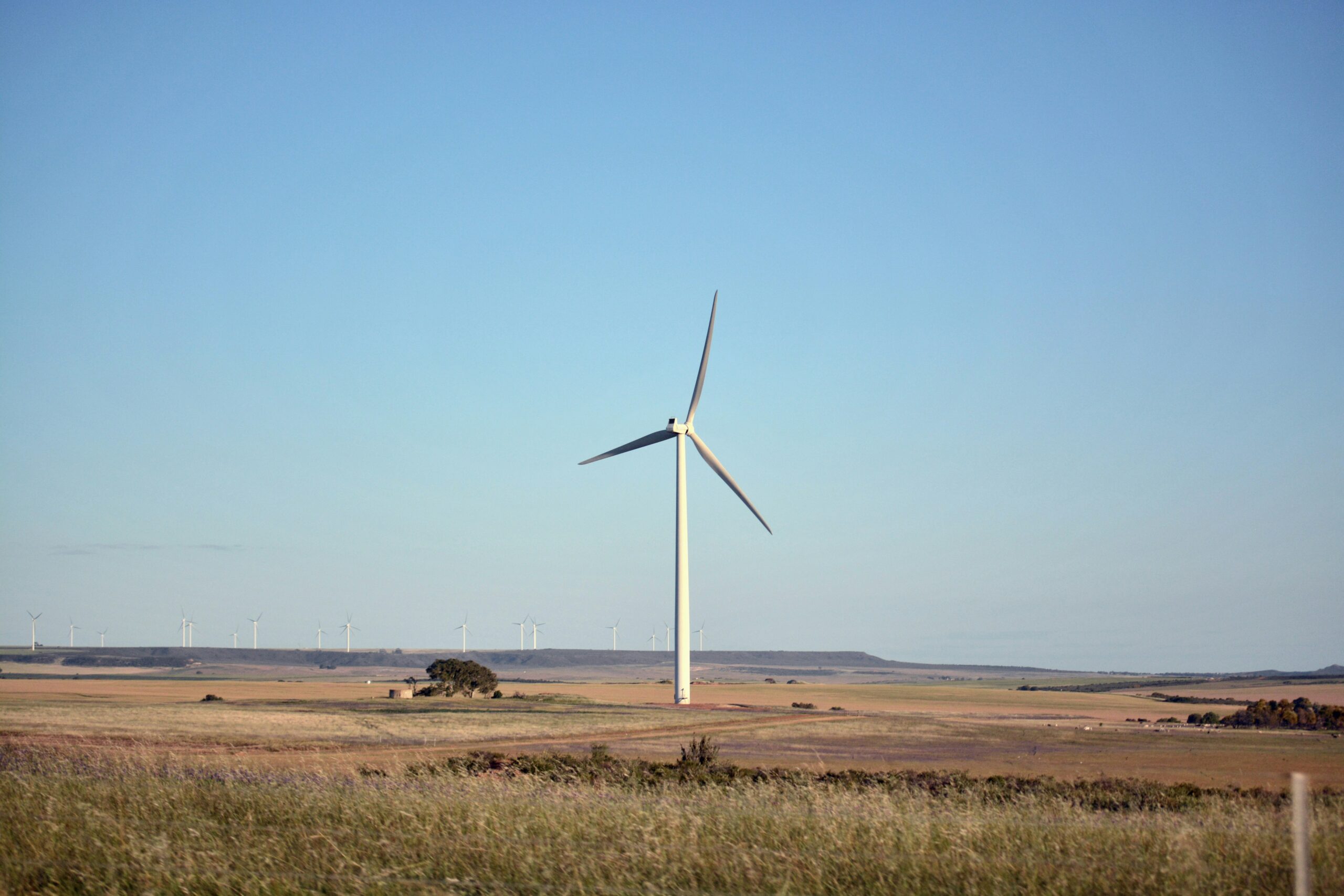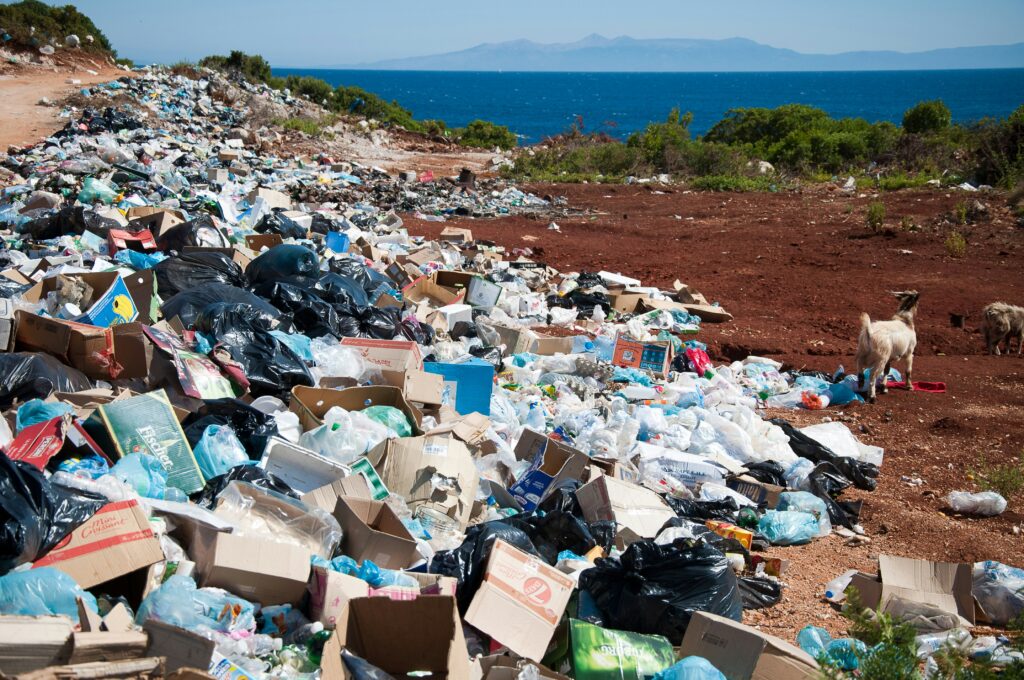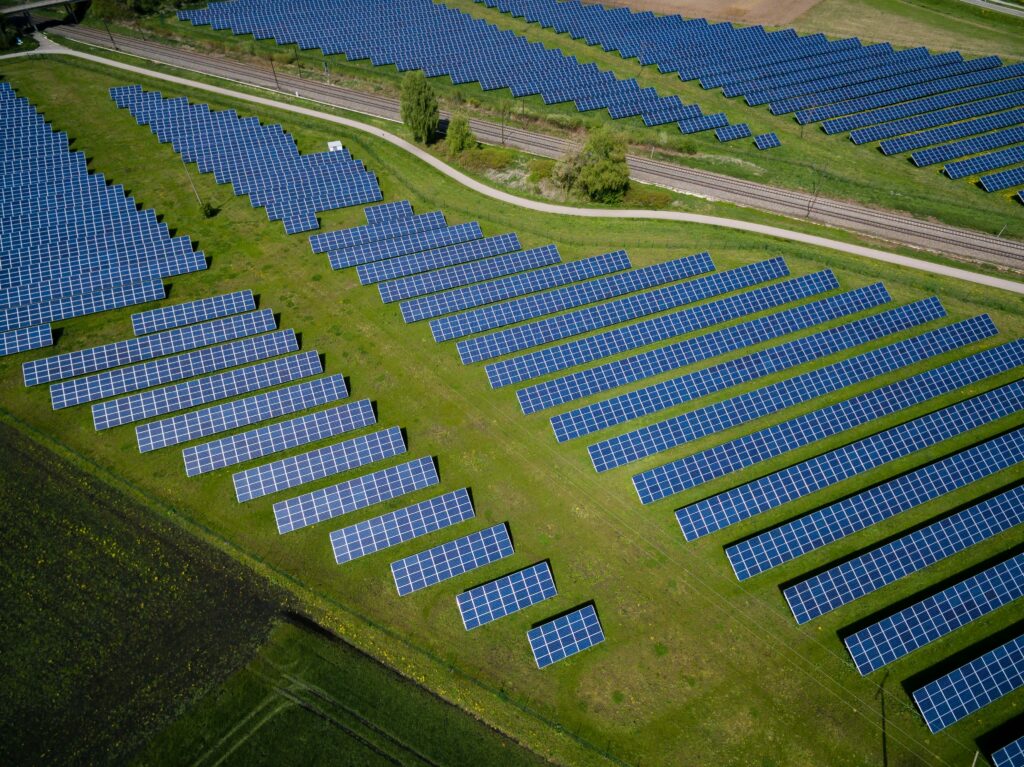In a landmark move to accelerate the UK’s transition to a net-zero energy system, Scottish Power has secured a £1.35 billion funding package to upgrade vital grid infrastructure across Scotland and England. Backed by the UK’s National Wealth Fund (NWF) and orchestrated by Bank of America, the investment marks a major step forward in supporting the UK’s Clean Power 2030 ambitions.
The financing package, described as one of the most significant in recent grid history, will fund seven key transmission projects aimed at modernising the UK’s electricity grid and unlocking the full potential of renewable energy. The National Wealth Fund alone has committed £600 million, reflecting the government’s broader Plan for Change strategy to position Britain as a global clean energy superpower.
Central to the investment is the development of the Eastern Green Link (EGL) subsea interconnector projects, including EGL1 and EGL4. These landmark projects will transport surplus renewable power from Scotland, home to abundant wind energy resources, to high-demand regions in England. EGL1, in particular, has been highlighted by the National Energy System Operator (NESO) as essential for meeting the UK’s Clean Power 2030 target.
In addition to the interconnectors, the investment supports vital infrastructure upgrades at five key sites across Scotland. These include new substations, reconfiguration of overhead lines, and reinforcement of existing transmission assets—all designed to improve capacity, reduce congestion, and enhance grid resilience.
Delivering Economic and Environmental Benefits
NESO estimates that a total of £60 billion is required by 2030 to fully decarbonise the UK’s grid. This latest financing milestone helps close that gap, while also delivering economic benefits. The upgrades are expected to reduce electricity prices, drive regional job creation, and stimulate growth in both rural and urban areas.
Chancellor Rachel Reeves welcomed the announcement, stating:
“Upgrading our energy infrastructure is good news for businesses, households, and the economy. It will bring down bills, create jobs, and deliver long-term growth while making Britain a clean energy superpower.”
Energy Secretary Ed Miliband echoed these sentiments:
“This investment will help deliver clean power by 2030 by speeding up grid upgrades – bringing cheaper, homegrown renewable power into homes and businesses.”
Scottish Secretary Ian Murray added that the move “demonstrates our government’s unwavering commitment to becoming a clean energy superpower.”
A Shared Commitment to Net-Zero
For carbon consultants and sustainability professionals, this investment represents more than just capital – it’s a concrete step toward breaking down one of the biggest barriers to decarbonisation: grid limitations. As clean energy capacity increases, grid flexibility and transmission efficiency must keep pace.
John Flint, CEO of the National Wealth Fund, noted:
“Our financing will support some of the most vital grid upgrades that will have a major impact on the transition to a renewables-based electricity system and help address the grid constraints that make electricity more expensive for businesses and consumers.”
Keith Anderson, CEO of Scottish Power, concluded:
“This is a welcome step forward in the delivery of the Government’s Clean Power 2030 pathway. These investments are critical for bringing more renewables online to meet growing electrification demands.”
Moving Forward
As carbon consultants, we’re encouraged to see these strategic investments advancing the UK’s low-carbon infrastructure. Projects like EGL and nationwide grid enhancements will make it easier for organisations to decarbonise operations, reduce emissions, and transition toward a net-zero future.
This is more than infrastructure – it’s the foundation of a cleaner, smarter energy system for generations to come.
References:
https://www.neso.energy/publications/future-energy-scenarios-fes
https://housingdigital.co.uk/clarion-launches-net-zero-carbon-transition-plan/




